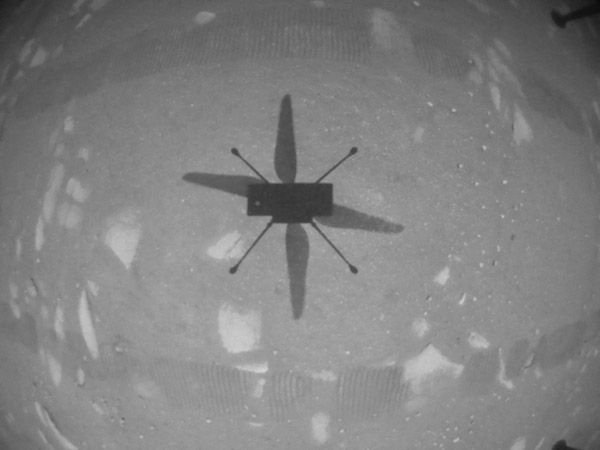History-Making Micromotors on Mars!
History-Making Micromotors on Mars!
Helicopter Makes Maiden Voyage Across the Red Planet with Help from Maxon
Space fans are thrilled: NASA’s Ingenuity helicopter has successfully completed its pioneering flight on Mars. This is the first time in the history of powered, unmanned spaceflight that a device has flown in a controlled manner on another planet.
A short flight for “Ingenuity,” but a big success for unmanned space flight. NASA’s Mars helicopter flew over the surface of the Red Planet for about 40 seconds on Monday, April 19th and landed back on four legs. From NASA’s perspective, this is a historic event similar to the Wright brothers’ first controlled flight in 1903.
With the Mars helicopter, the concept of powered, unmanned, and autonomous flights on foreign planets is being tested. This is comparable to the first Mars rover “Sojourner”, which paved the way for scientific follow-up missions such as “Curiosity” and currently “Perseverance.” “Ingenuity” is about to complete several flights over a period of 30 days, each lasting up to 90 seconds and reaching a maximum altitude of five meters.
Six micromotors control the helicopter’s flight direction






